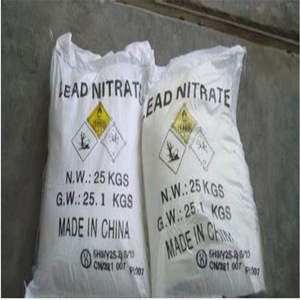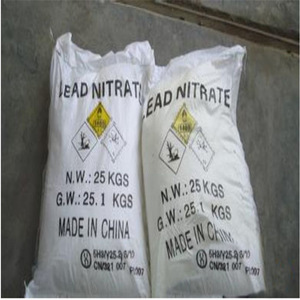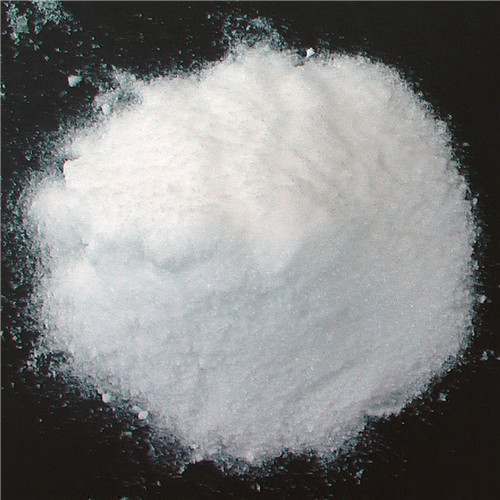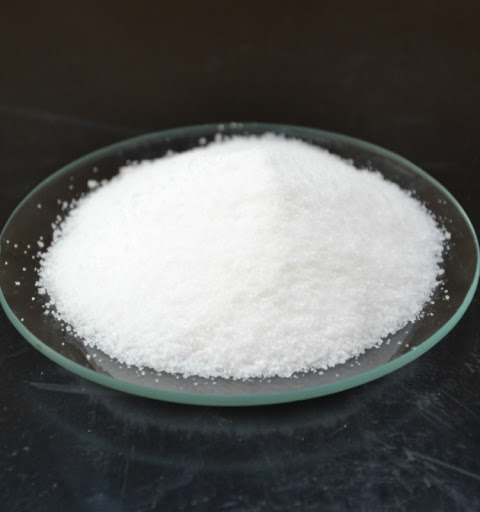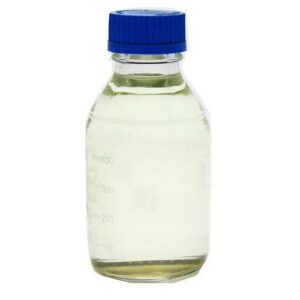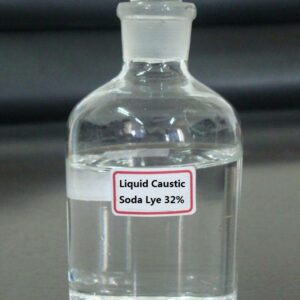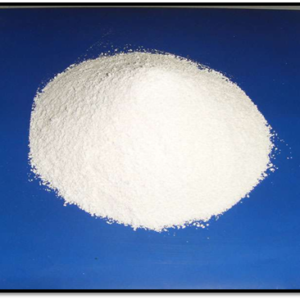Description
🔬 Specifications of Lead Nitrate 99%
-
Chemical Name: Lead Nitrate
-
Chemical Formula: Pb(NO₃)₂
-
CAS Number: 10099-74-8
-
Molecular Weight: 331.2 g/mol
-
Purity: ≥ 99%
-
Appearance: White to colorless crystalline powder
-
Solubility: Soluble in water, slightly soluble in ethanol
-
Melting Point: 470°C (decomposes)
-
Density: 4.53 g/cm³
-
pH (5% solution): Approx. 3 – 4
-
Packaging: 25 kg fiber drums or HDPE containers with inner lining
-
Storage: Store in cool, dry, and well-ventilated area; away from combustibles and reducing agents
-
Shelf Life: 2 years in sealed packaging
🔧 Industrial Applications of Lead Nitrate
1. Mining and Metallurgy
Lead nitrate is used in the gold cyanidation process to improve leaching efficiency. It enhances the dissolution of gold and silver in ores by oxidizing the sulfides, making it a vital additive in the mining industry.
2. Explosives and Pyrotechnics
Due to its strong oxidizing properties, lead nitrate is used in the formulation of specialty explosives, detonators, and pyrotechnic devices.
3. Ceramic and Glass Manufacturing
In the ceramics industry, lead nitrate helps produce vibrant glazes and enamel coatings by acting as a flux and stabilizer.
4. Chemical Synthesis
Lead nitrate is used in laboratories as a reagent in analytical chemistry and in the synthesis of other lead-based compounds.
✅ Key Benefits
-
✔️ High purity (99%) ensures consistent chemical behavior
-
✔️ Excellent solubility in water for easy integration into industrial processes
-
✔️ Reliable oxidizer for explosives and metallurgical reactions
-
✔️ Stable crystalline form for long-term storage and safety
-
✔️ Versatile industrial use in mining, manufacturing, and chemical labs
⚠️ Safety and Handling
Lead Nitrate is toxic and a potential health hazard. It is classified as a carcinogen, reproductive toxin, and environmental hazard. Proper personal protective equipment (PPE) including gloves, goggles, and respirators must be worn during handling. Avoid inhalation, ingestion, and contact with skin. All waste must be disposed of in accordance with local environmental regulations. Always refer to the Material Safety Data Sheet (MSDS) for full handling and emergency procedures.
📌 Conclusion
Lead Nitrate 99% is a powerful and highly effective chemical used across several industries due to its oxidizing ability, high purity, and water solubility. Whether in gold extraction, explosives formulation, or ceramics production, lead nitrate plays a crucial role. However, due to its toxic nature, it must be used responsibly under proper safety protocols.


